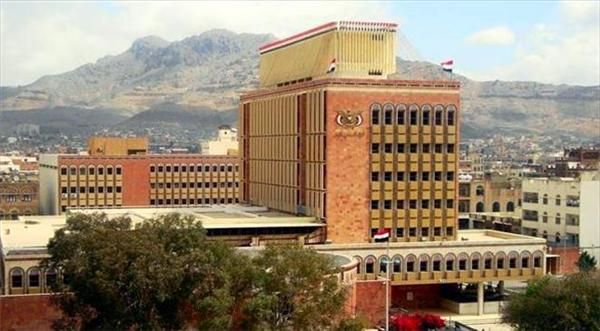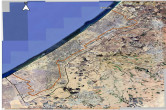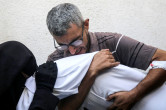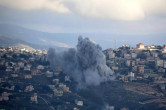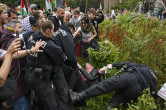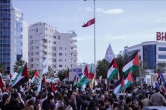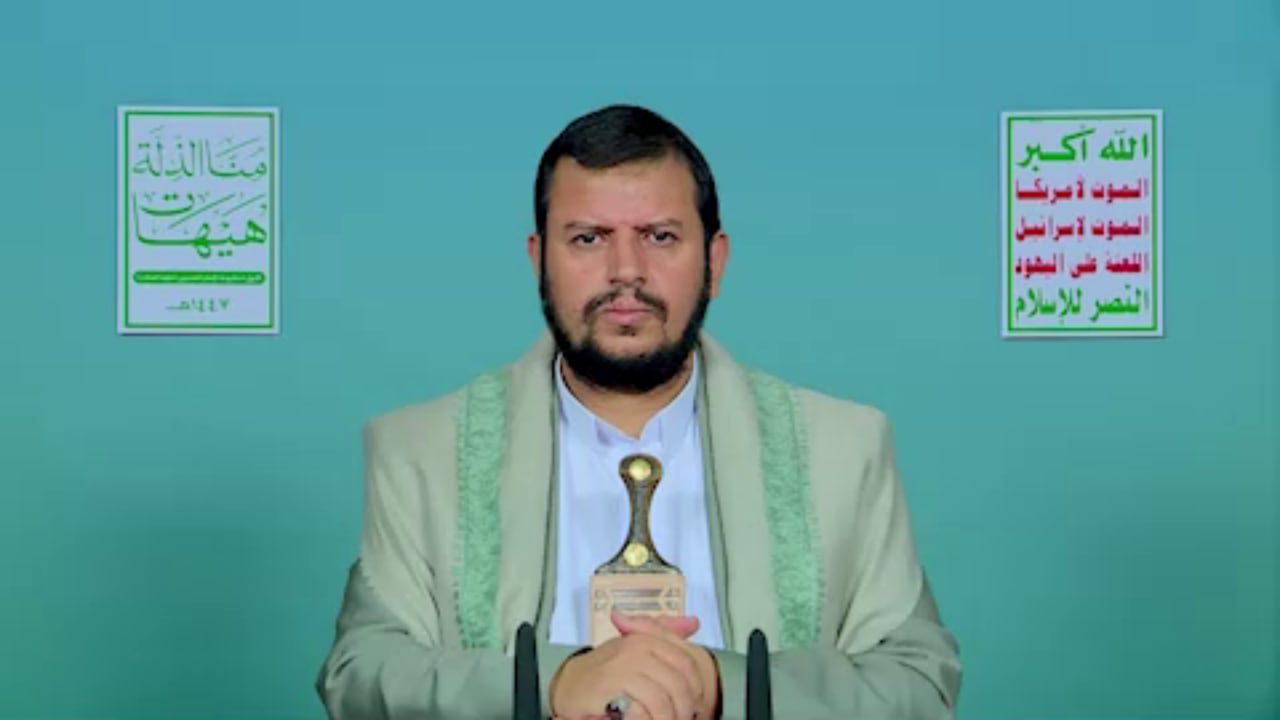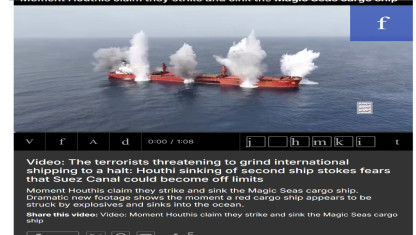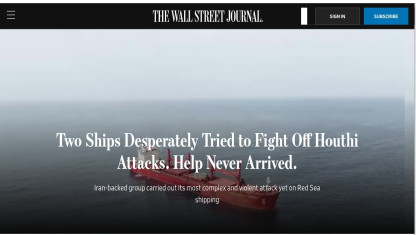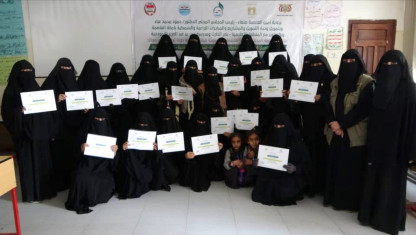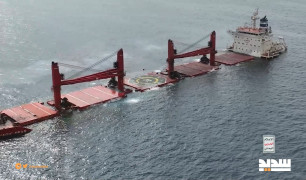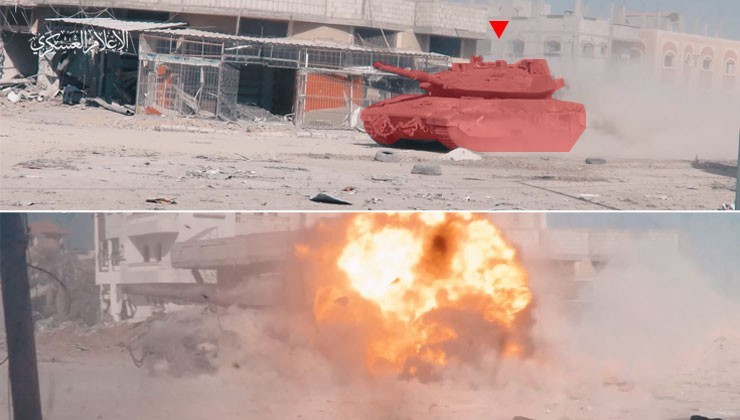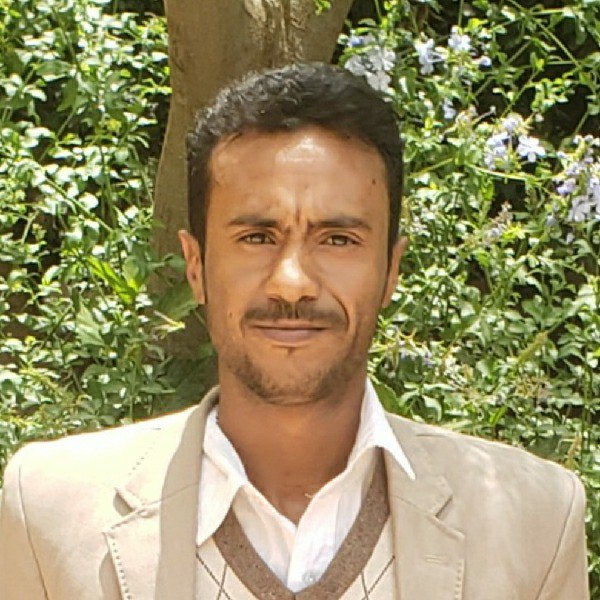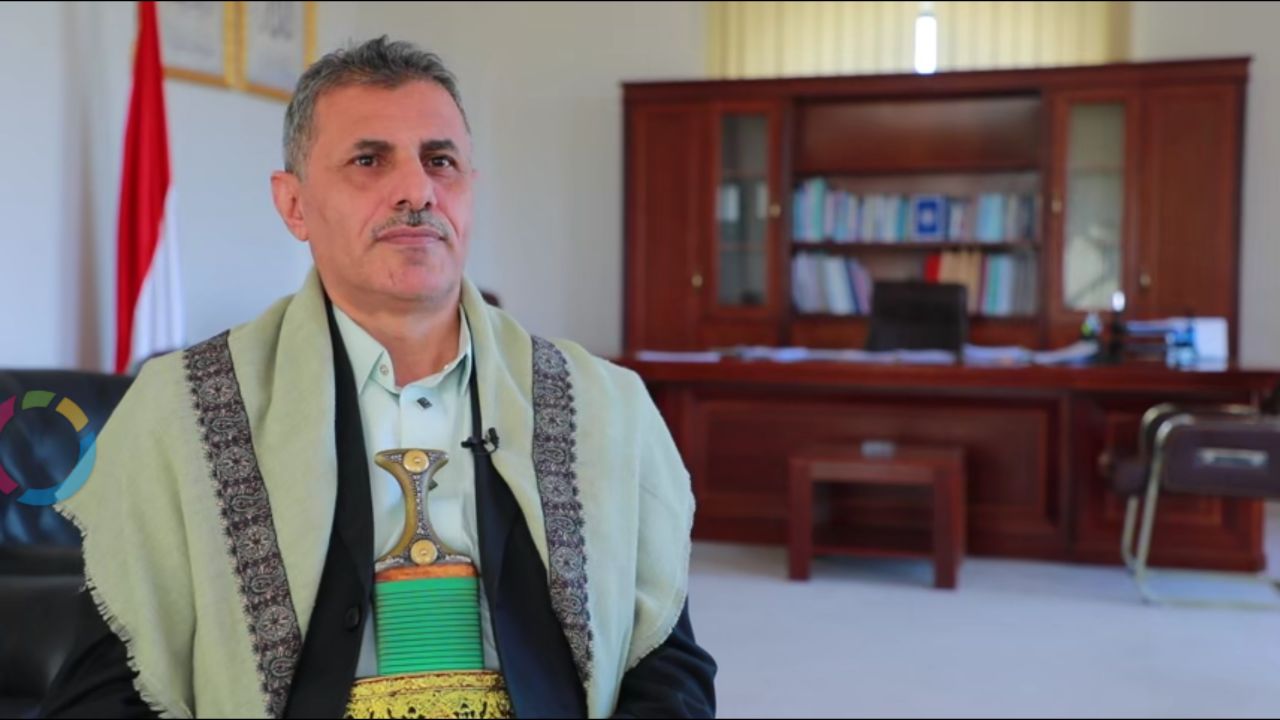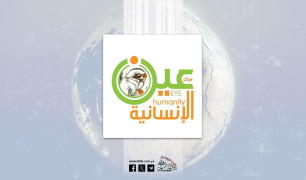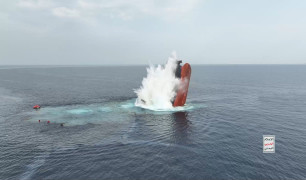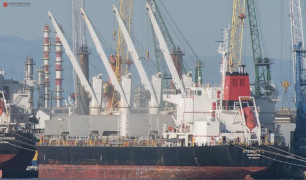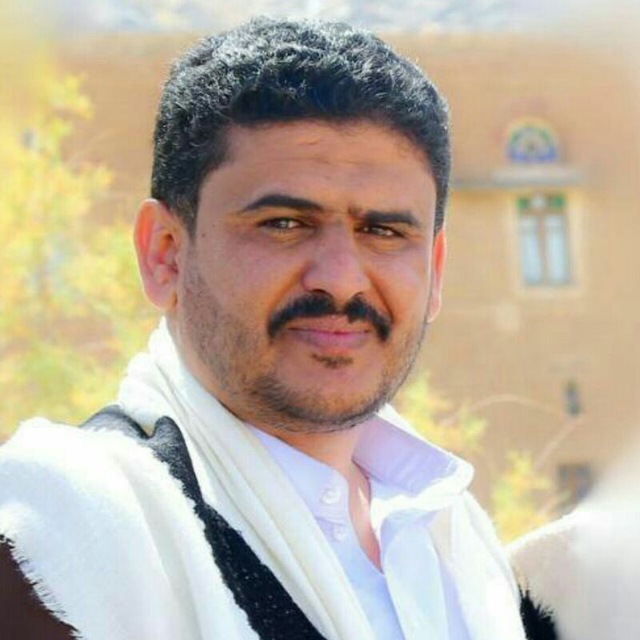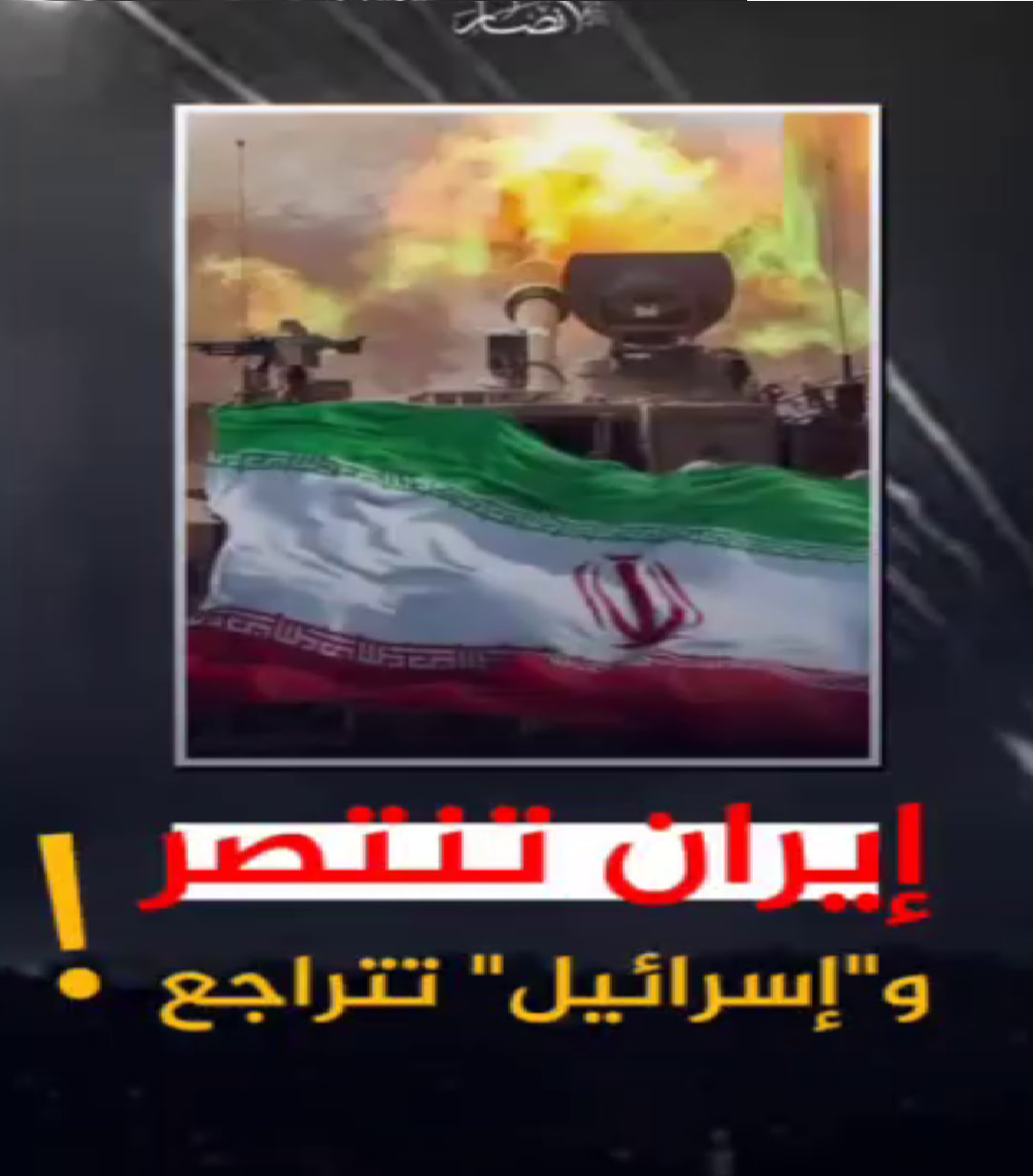عاجل:
غزة: ارتفاع عدد الشهداء إلى 128 شهيدًا في قطاع غزة منذ فجر اليوم
مصادر فلسطينية: مجاهدون يستهدفون قوات العدو بعبوة ناسفة محلية الصنع في جبل أبو ظهير بمدينة جنين في الضفة المحتلة
المتحدث باسم الدفاع المدني بغزة: نمر بيوم صعب للغاية بسبب كثرة مجازر العدو الإسرائيلي في القطاع
المتحدث باسم الدفاع المدني بغزة: طواقمنا عاجزة عن إنقاذ 50 مواطنا تحت الأنقاض في أحياء مدينة غزة
مصادر فلسطينية: 40 غارة خلال دقائق شنها طيران العدو الإسرائيلي على مدينة بيت حانون شمال قطاع غزة
سرايا القدس: دمرنا دبابة صهيونية بعبوة شديدة الانفجار أثناء توغلها شرق حي الزيتون بمدينة غزة
البنك المركزي اليمني: نؤكد اتخاذنا ما يلزم من إجراءات لصون مدخرات المواطنين وتعزيز الثقة بالاقتصاد الوطني مهما كانت التحديات
البنك المركزي اليمني: نؤكد مضينا في اتخاذ كل ما يلزم من إجراءات لتعزيز قوة العملة الوطنية وضمان استقرار النظام الصرفي
البنك المركزي اليمني: نتوجه بالشكر والتقدير لأبناء شعبنا على ثقتهم في البنك
البنك المركزي اليمني: خصصنا مراكز استبدال في المركز الرئيسي وفروعه في المحافظات لتسهيل استبدال العملة الورقية التالفة بالعملة المعدنية الجديدة خلال أوقات الدوام الرسمي

